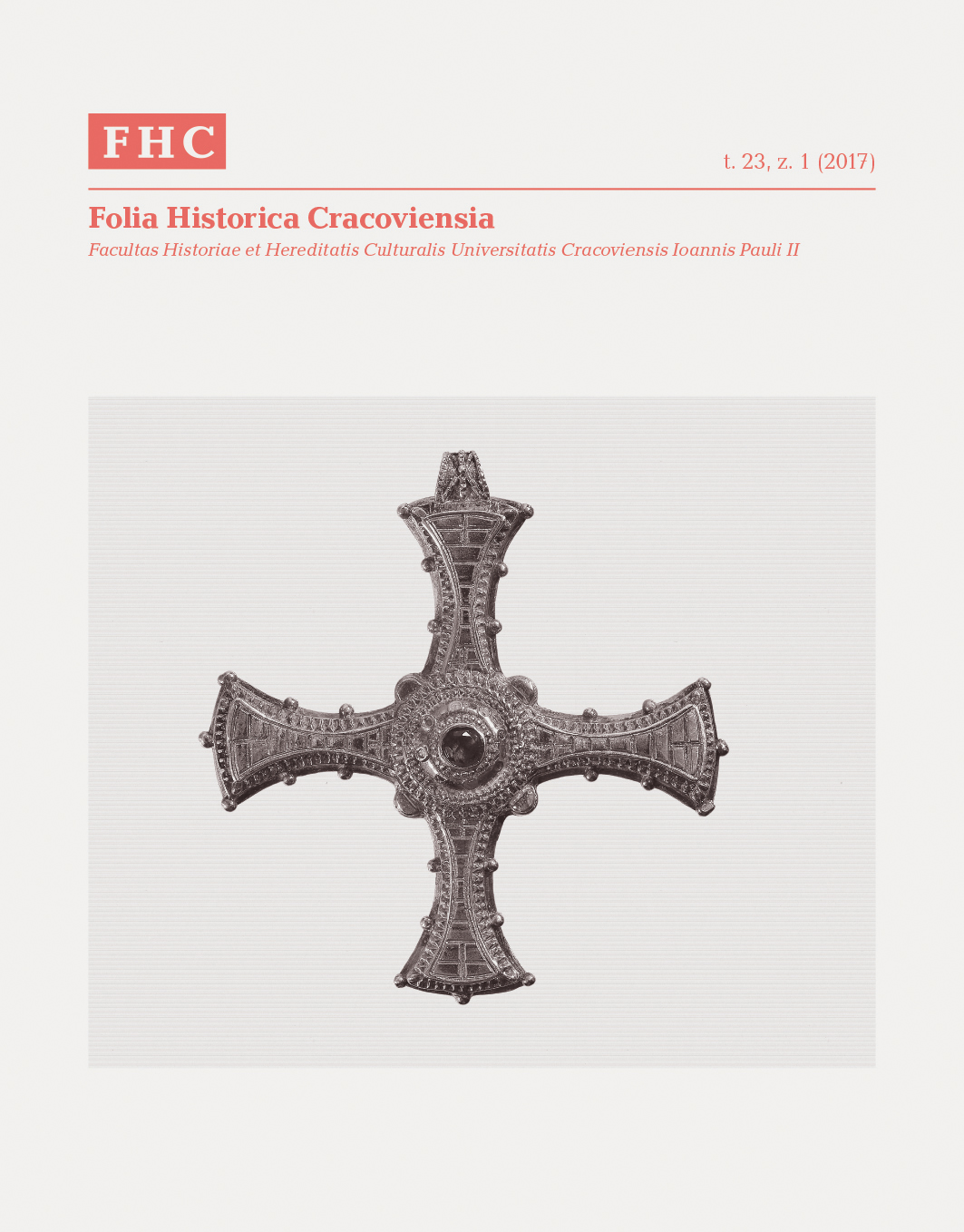The Apostles of medieval Livonia (until the
beginning of 13th Century)
The Apostles of medieval Livonia (until the
beginning of 13th Century)
Author(s): Maja GąssowskaSubject(s): Christian Theology and Religion, 13th to 14th Centuries
Published by: Wydawnictwo Naukowe Uniwersytetu Papieskiego Jana Pawła II w Krakowie
Keywords: Livonia; Baltic crusades; missionary bishop; christianization; conversion; Daugava;
Summary/Abstract: Livonia, encompassing the area of today’s Latvia and Estonia, was one of the last regions of Northern Europe to be incorporated into the Christian/ Latin civilization. Its direct neighborhood with Ruthenian duchies, which observed the Eastern Christian rite, did not contribute to the earlier conversion. It was only after late 12th century missions, organized independently of each other by the Danish Church in the form of a venture by Cistercian friar Fulco, consecrated as the Estonian bishop ca 1171–1180, as well as a grassroots – at least in its initial phase – initiative of Augustine friar Meinhard of the Segeberg monastery in Holstein (ca 1184–1196), first bishop of Üxküll, and Cistercian friar Theodoric, active in the vicinity of Treiden (ca 1186–1202), the first abbot of Dünamünde monastery (1205–1211) and finally bishop of Estonia (1211–1219) and their successors – Cistercian friar Berthold (1197–1198), the second bishop of Üxküll and most importantly Albert, canon of the Bremen Chapter, founder of Riga and its first bishop (1199–1229) culminated with the conquest and subsequent christianisation of Livonia. They can undoubtedly be called apostles of the Barbarian Europe, although in the case of Fulco it not clearly confirmed whether his quest took place in reality. In the case of others we may speak of an initially peace mission, as attempted conversions were undertaken by setting an example to follow and doing favours to local population, in exchange for which the beneficiaries were obliged to undergo baptism. When such tactics failed to deliver significant effects, armed crusades were organized, as a result of which the entire Livonia was formally converted to Christianity by the end of the 13th century
Journal: Folia Historica Cracoviensia
- Issue Year: 23/2017
- Issue No: 1
- Page Range: 119-141
- Page Count: 23
- Language: English

